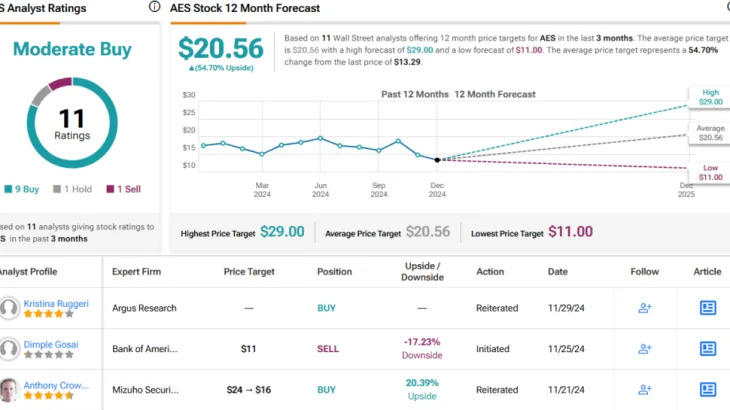The U.S. economy contracted in the first three months of 2025, as businesses rushed to stock up on imports ahead of tariffs.
The Commerce Department said U.S. gross domestic product—the value of all goods and services produced across the economy—fell at a seasonally and inflation adjusted 0.3% annual rate in the first quarter. That was the steepest decline since the first quarter of 2022.
Net exports, the difference between imports and exports, were a large drag on growth in the first quarter, stripping 4.83 percentage points from headline GDP. Imports increased at a 41.3% pace in the first quarter as businesses tried to get ahead of tariffs that began to come into effect during the first three months of the year and were dramatically increased in the current, second quarter.
“The headline decline overstates weakness because a lot of that was tariff-induced pull-forward,” said Shannon Grein, an economist at Wells Fargo. “Overall, I think that it was a relatively solid underlying report when it comes to demand.”
The reading fell short of the 0.4% growth that economists surveyed by The Wall Street Journal expected.
Stocks fell sharply in early trading.
The GDP report is the first major economic scorecard for the January-to-March quarter, a period in which the White House changed hands from President Joe Biden to President Trump. January—most of which was before Trump took office—was hit by wildfires in Los Angeles and disruptive winter storms in many parts of the country.
A logistical consideration makes Wednesday’s report difficult to interpret: Imports subtract from the Commerce Department’s calculation of GDP, since they represent spending on foreign-made goods and services.
A measure of consumer and business spending that gauges underlying demand in the economy, final sales to private domestic purchasers, rose at a 3% annual rate.
Consumer spending rose at a 1.8% annual rate, slowing sharply from 4% in the final quarter of 2024. Consumers drive the U.S. economy.
Business spending on software, research and development, equipment and structures rose at a 9.8% annual rate.
The new Trump administration quickly announced levies on Mexico and Canada, which it later paused , as well as tariffs on Chinese imports. The “Liberation Day” announcement of far broader tariffs came on April 2, at the beginning of the second quarter.
President Trump has made tariffs a cornerstone of his economic agenda, saying that they will in the long term make America richer and bring back manufacturing jobs. In March, the trade deficit in goods hit a record as businesses stocked up to get ahead of tariffs.
The U.S. economy entered the year on a strong footing: It grew at a steady pace in 2024 and inflation continued to ease. The unemployment rate held at 4.1% and employers added 456,000 new jobs in the first quarter, down from 628,000 in the final quarter of 2024.
Still, businesses and individuals are saying they are worried about the economy, due to uncertainty around tariffs and worries they will bring higher prices. Investors also took fright. Concerns about tariffs and the economy sent the S&P 500 and Nasdaq Composite to their worst quarters since 2022.
The CEOs of major companies including American Airlines, PepsiCo and Procter & Gamble have warned that stop-start tariff announcements are complicating their planning efforts and spooking consumers. Others are slashing costs . General Motors pulled its 2025 profit guidance Tuesday, citing auto tariffs.
“Uncertainty creates a pensive and anxious consumer,” Colgate-Palmolive Chief Executive Noel Wallace said last week, when the company lowered its full-year earnings estimate . “You see consumers destock their pantries and not necessarily buy that extra toothpaste tube or that extra body wash.”
Fears of tariff-induced price increases prompted some consumers to accelerate purchases to get ahead of increased costs. Vehicle sales, for example, jumped in March.
But even that isn’t necessarily good news for sellers.
“Those who can are buying ahead of tariffs, that means you’re borrowing demand from the future,” said KPMG’s chief economist Diane Swonk. Such “panic purchases” also suppress growth, she noted: Imports count as a subtraction when GDP is calculated.
The potential for a pickup in inflation from tariffs combined with weaker economic momentum puts the Federal Reserve in a bind. The central bank seeks to balance dual goals of keeping inflation mild and the labor market strong.
Fed Chair Jerome Powell said in mid-April he saw a “strong likelihood” that consumers would face higher prices and that the economy would see higher unemployment as a result of tariffs in the short run.
This would create a “challenging scenario” for the central bank because anything it does with interest rates to address inflationary pressures could worsen unemployment, and vice versa, he said.
Write to Harriet Torry at harriet.torry@wsj.com





